Why the Sky Is Blue
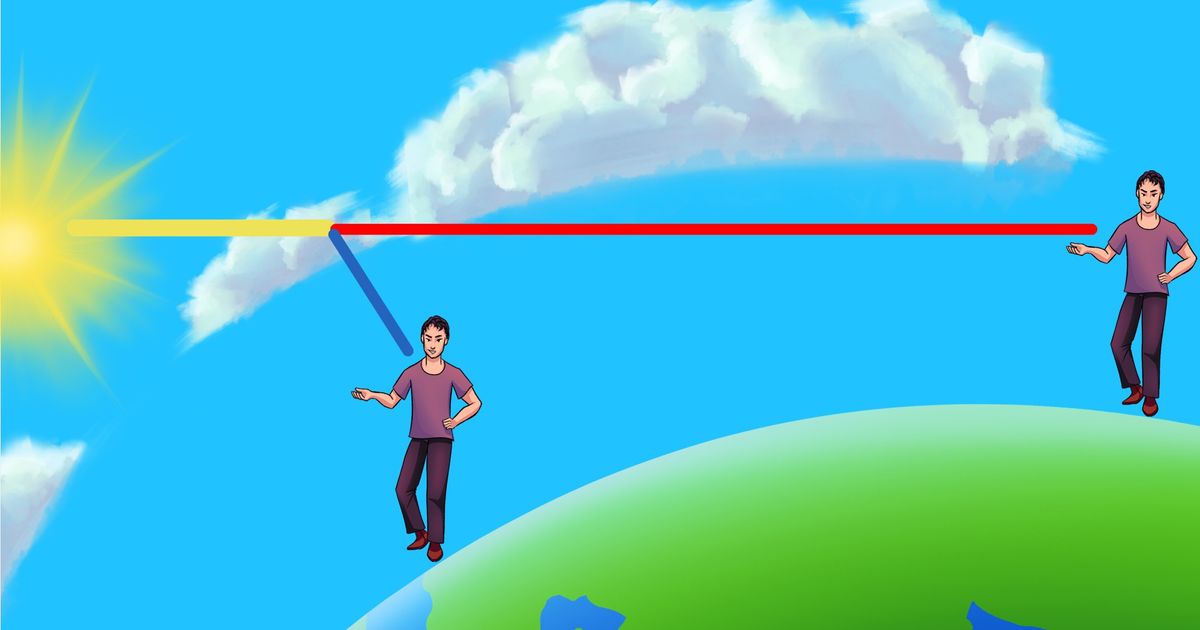
While it might seem like a simple question to ask when you’re a child, the reason why we see a blue sky from Earth actually requires some understanding of what optics are. It also involves knowing a bit about how light travels around the universe.
5-Minute Crafts looked into what experts had to say about this and compiled the information in a simple way for you to understand how and why we see blue skies here on Earth.
1. The color of the light that shines on the sky
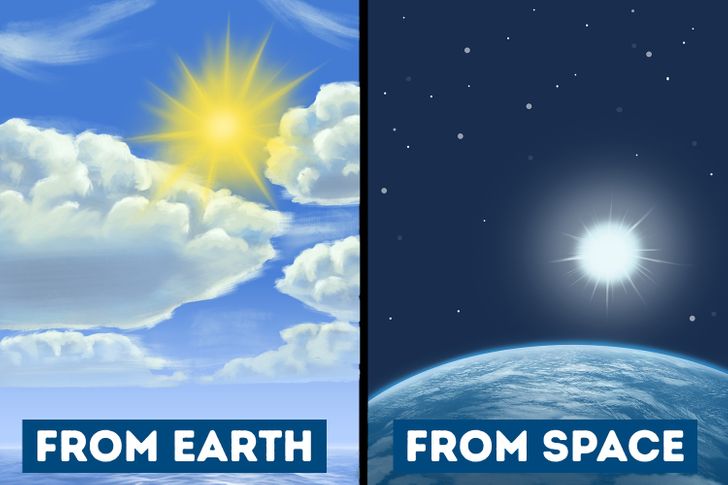
If you want to know why the sky is blue, you first have to ask yourself what the actual color of the sun and its light is. You’ve probably noticed that sometimes the sun looks red or orange, and we’re often tempted to think of it as yellow because that’s how the sun is depicted in cartoons and art. However, the sun is essentially all colors mixed together, which, to our eyes, appears as white. This is easy to see in pictures taken from space.
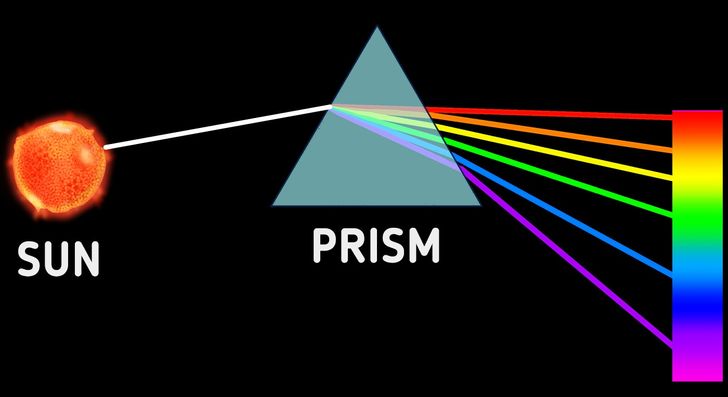
The light that the sun emits also looks white and is made up of all the colors of the rainbow. That means that if you were to divide the light of the sun, say, by making it shine through a prism, you’d see a rainbow of colors coming out of it.
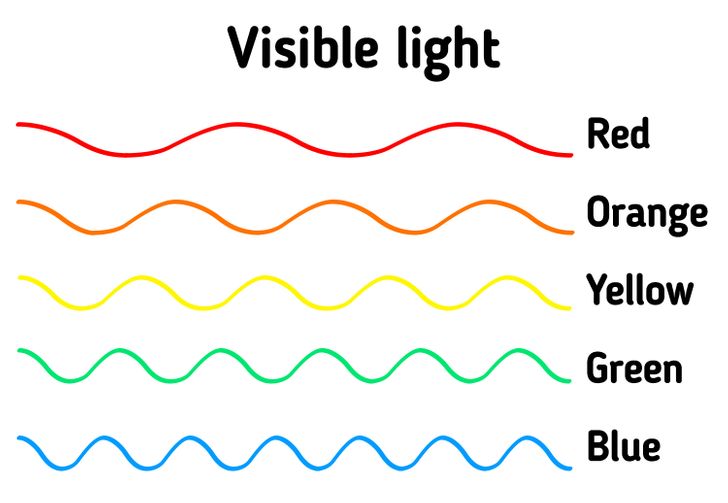
This light travels in waves. Some light travels in short, “choppy” waves. Other light travels in long, lazy waves. Blue light waves are shorter than red light waves.
2. Why we don’t we see a whole white sky instead of blue
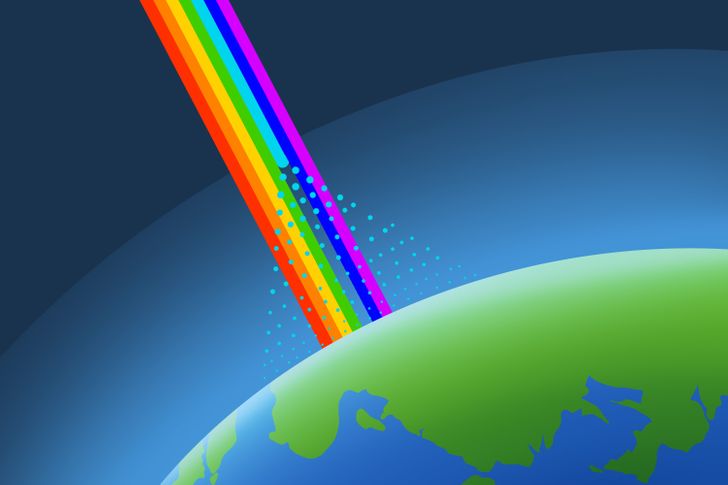
Normally, the white light from the sun containing all the colors travels in a straight line. But when something gets in the way, one of these 3 things can happen:
- It can be reflected, which is what mirrors do.
- It can bend: which is what prisms do.
- It can be scattered: which is what gases in the atmosphere do, and this is why the light of the sun looks different here on Earth’s surface.
This scattering can act as a sort of “filter,” and the Earth’s atmosphere tends to scatter out blue and violet more than the other colors because, as we mentioned earlier, these colors travel as shorter, smaller waves. When the sun is high in the sky, it’s mostly these shorter waves that hit the atmosphere. The atmosphere makes them bounce around and scatter in all directions. That, and the fact that the sun emits a higher concentration of blue light waves in comparison to violet, makes the sky look blue to us humans, whose eyes are more sensitive to blue than violet.
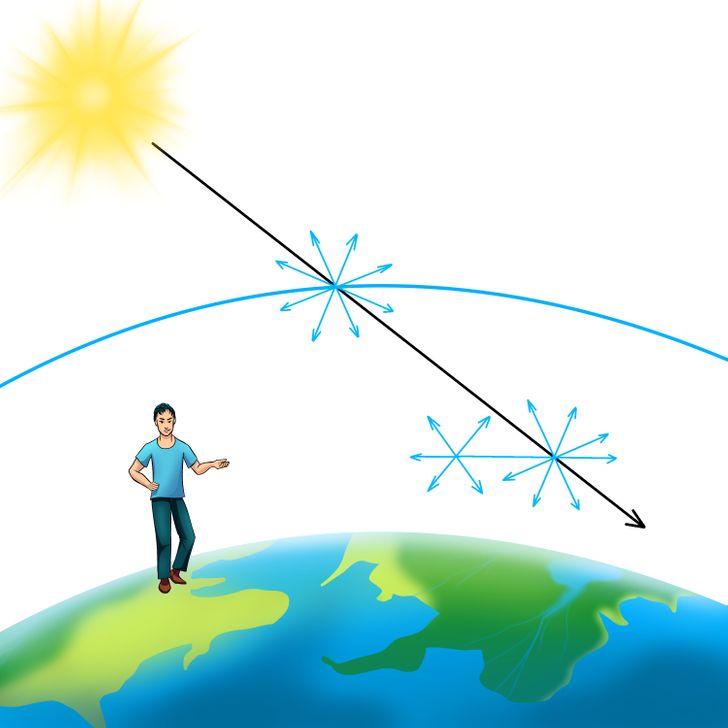
But there’s more to it. Closer to the horizon, the sky fades to a lighter blue or white. That’s because the sunlight reaching us from low in the sky has passed through even more air than the sunlight reaching us from overhead. By now blue light waves have been scattered and rescattered many times in many directions. Not only that, but the surface of Earth has also reflected and scattered the light. All this scattering mixes the colors together again so we see more white and less blue.
3. What makes a red sunset
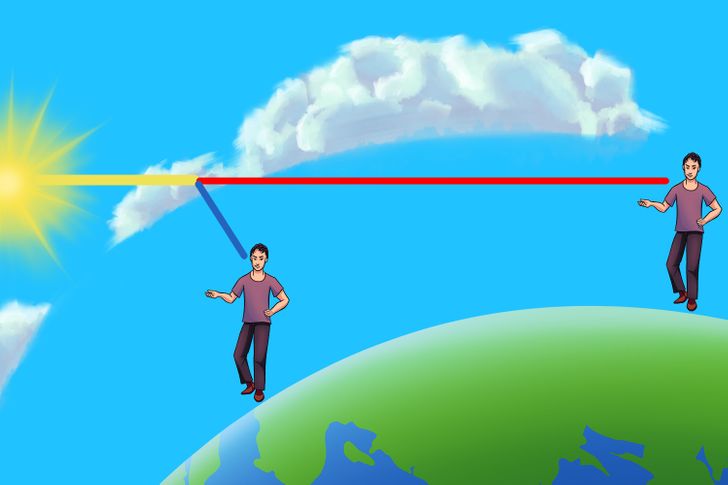
When we see the sun and the sky at sunrise or sunset, when the sun is low in the sky, it may appear yellow, orange, or even red. That happens because the sunlight travels through a lot more atmosphere than during the day. That means that the color blue is even more filtered out (scattered) by small particles of dust, pollution, or other particles in the atmosphere, which let the reds and yellows pass straight through to your eyes.